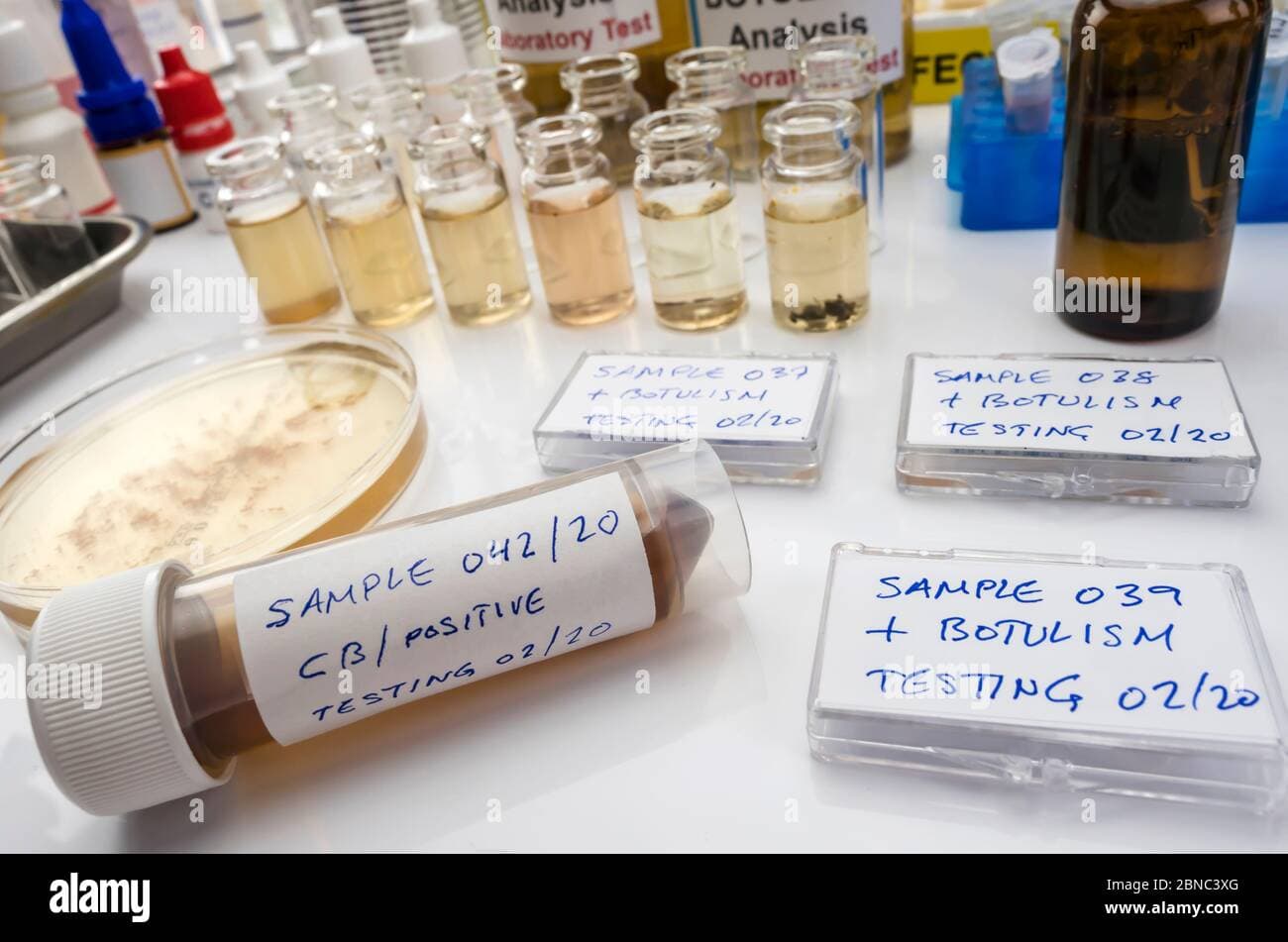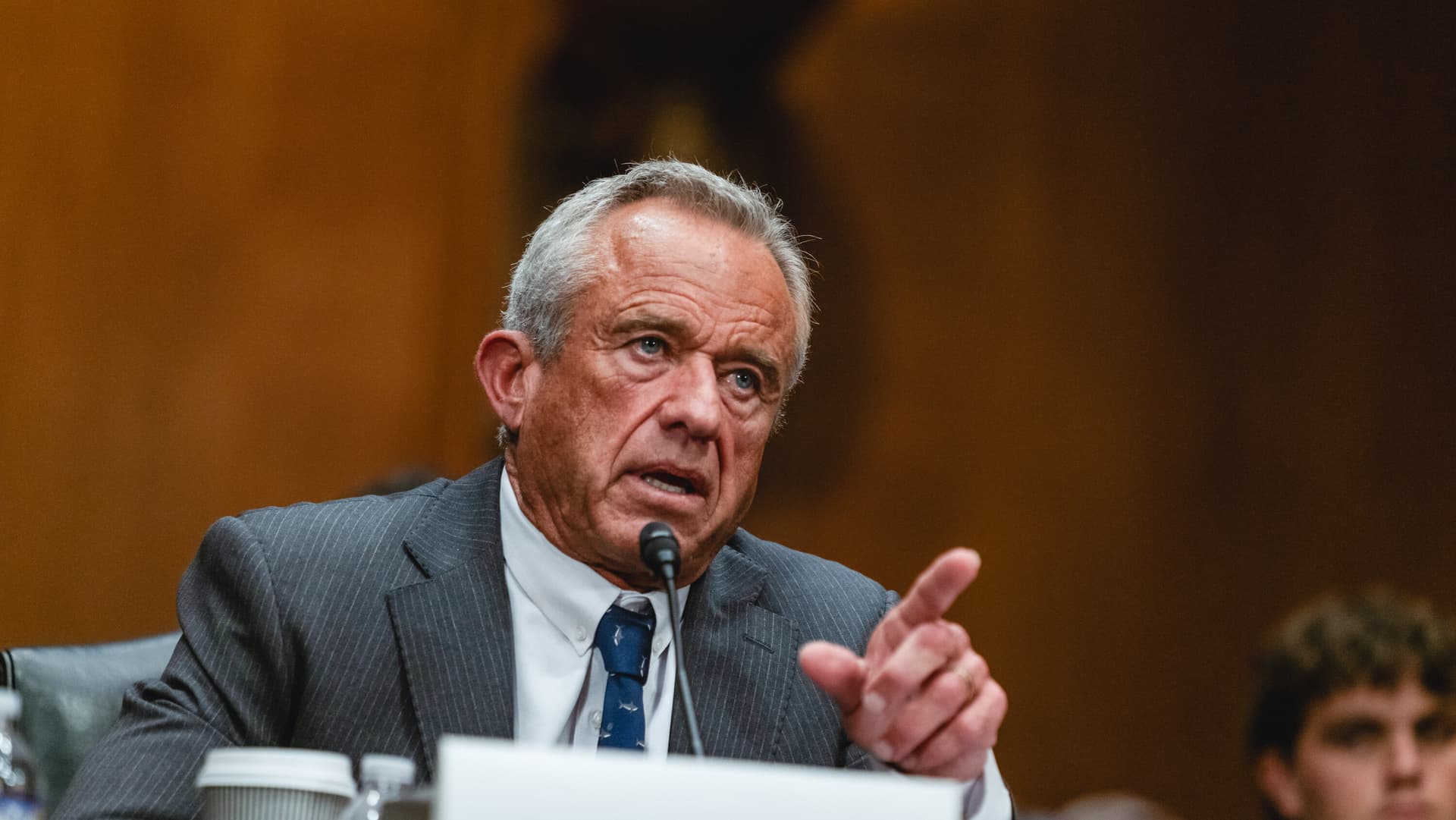New study finds U.S. lung cancer screening misses most cases, urges overhaul
A study in JAMA Network Open finds current U.S. lung cancer screening criteria would have identified only about one third of patients treated at a major medical center, leaving many women, minorities and never smokers out. Researchers say expanding age based screening to ages 40 to 85 could detect up to 94 percent of cases and avert tens of thousands of deaths annually, a finding that raises urgent questions about equity, insurance coverage and screening capacity.

A study published in JAMA Network Open and reported by The Washington Post on November 24, 2025 concluded that current U.S. lung cancer screening guidelines capture only a fraction of cancers seen in practice, with significant implications for public health and health equity. Researchers analyzed lung cancer cases treated at a major medical center and found that screening rules focused on heavy smoking history and ages 50 to 80 would have applied to roughly one third of patients, leaving the majority undetected by current criteria.
The study highlights that women, racial and ethnic minorities, and people who never smoked are disproportionately excluded from eligibility under the prevailing framework. Those groups already face higher barriers to timely diagnosis and care, and the researchers argue that the narrow focus on smoking history fails to reflect changing epidemiology of lung cancer in the United States.
Investigators estimated that a broader age based screening approach, for example offering screening to adults ages 40 to 85, could capture as many as 94 percent of the cases seen at the center. They projected that implementing such expanded screening nationally, even at modest uptake levels, could prevent tens of thousands of deaths every year. The analysis stops short of prescribing a single policy, but the authors and external experts are calling for a re examination of the United States Preventive Services Task Force criteria that underpin private insurance and Medicare coverage.
Policy makers now face difficult trade offs. Expanding screening eligibility could reduce disparities in early detection and survival, but it would also require substantial investments in diagnostic capacity, primary care outreach and patient navigation to reach underserved communities. Experts warn that without deliberate efforts to ensure equitable access, expanded guidelines could widen disparities by channeling limited imaging and follow up resources toward populations already well connected to care.
Debates persist over the costs and potential harms of more expansive screening. Increased screening can lead to over diagnosis, false positives and potentially unnecessary procedures, outcomes that can be particularly burdensome for low income patients and communities with limited social supports. Insurers and federal programs will need to weigh those clinical trade offs against the projected gains in lives saved and the moral imperative to close gaps that leave women and racial and ethnic minorities under served.
Public health officials and patient advocates say the study should prompt immediate conversations about policy, funding and outreach. Re evaluating USPSTF recommendations would trigger changes in insurance coverage that could lower financial barriers, but policy changes must be paired with investments in community based outreach, culturally competent education and expanded diagnostic capacity to translate eligibility into actual screening and treatment.
As lung cancer incidence shifts and the population ages, the study adds to a growing body of evidence that screening policy must adapt. The challenge for federal agencies and health systems will be to rebalance benefits and harms while centering equity so that early detection reaches those most at risk rather than those most easy to reach.


